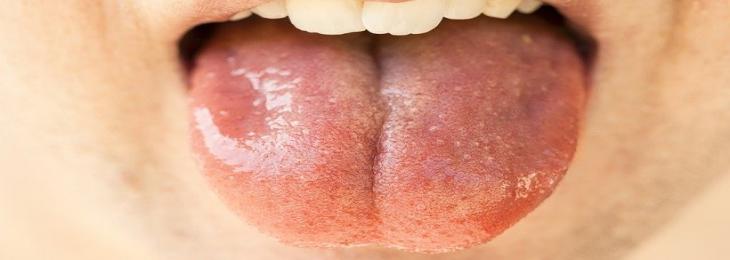
Scientists from Showa University, for the first time, created functional salivary gland organoid.
This study was conducted by scientists from Showa University and the RIKEN Center for Biosystems Dynamics Research in Japan. They were successful in growing three-dimensional salivary gland tissue, which produced saliva like normal glands when implanted into mice.
Salivary gland tissues are important for digesting starch and for facilitating swallowing. An autoimmune condition known as Sjogren's syndrome or radiation therapy for cancer can cause damage to these cells. The development of these glands are from an early structure called the oral ectoderm, however the actual process is still unknown.
It is known that organ development takes place through a complex process of chemical signaling and changes in gene expression. Therefore, the scientists began to study about the important changes in detail. They found that two transcription factors known as Sox9 and Foxc1, are key to the differentiation of stem cells into salivary gland tissue. Moreover, a pair of signaling chemicals, FGF7 and FGF10, which induced cells expressing those transcription factors to differentiate into salivary gland tissue were also identified by the researchers.
Moreover, they took the challenge of creating organoids. Initially, a cocktail of chemicals that allowed the formation of the oral ectoderm was used by them. This cocktail was used to induce the embryonic stem cells to form the ectoderm, and then used viral vectors to get the cells to express both Sox9 and Foxc1. When the two chemicals were added to the mix, the cells were induced to form tissue that genetic analysis revealed was very similar to actual developing salivary glands in the embryo.
Then, the organoids were implanted into actual mice without saliva glands and tested them by feeding them citric acid. When the organoids were transplanted along with mesenchymal tissue, the implanted tissues were found to be properly connected to the nerve tissue, and in response to the stimulation secreted a substance that was remarkably similar to real saliva.






